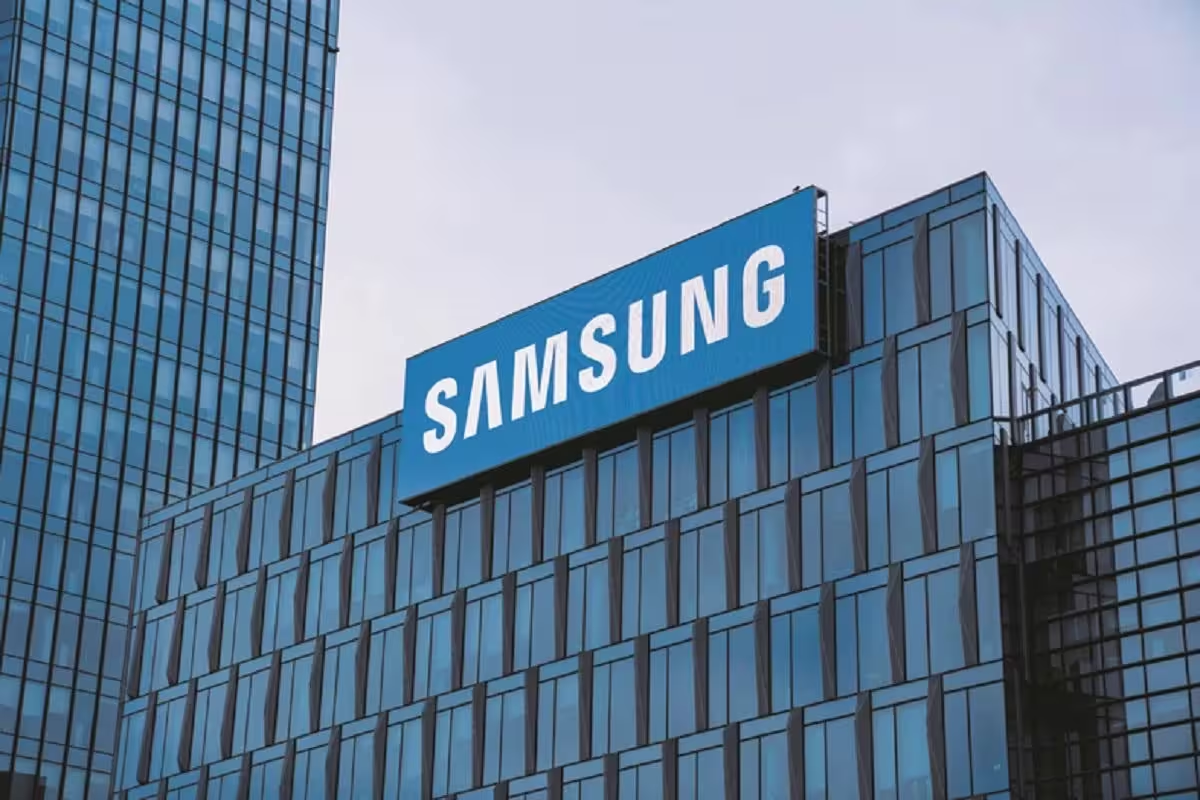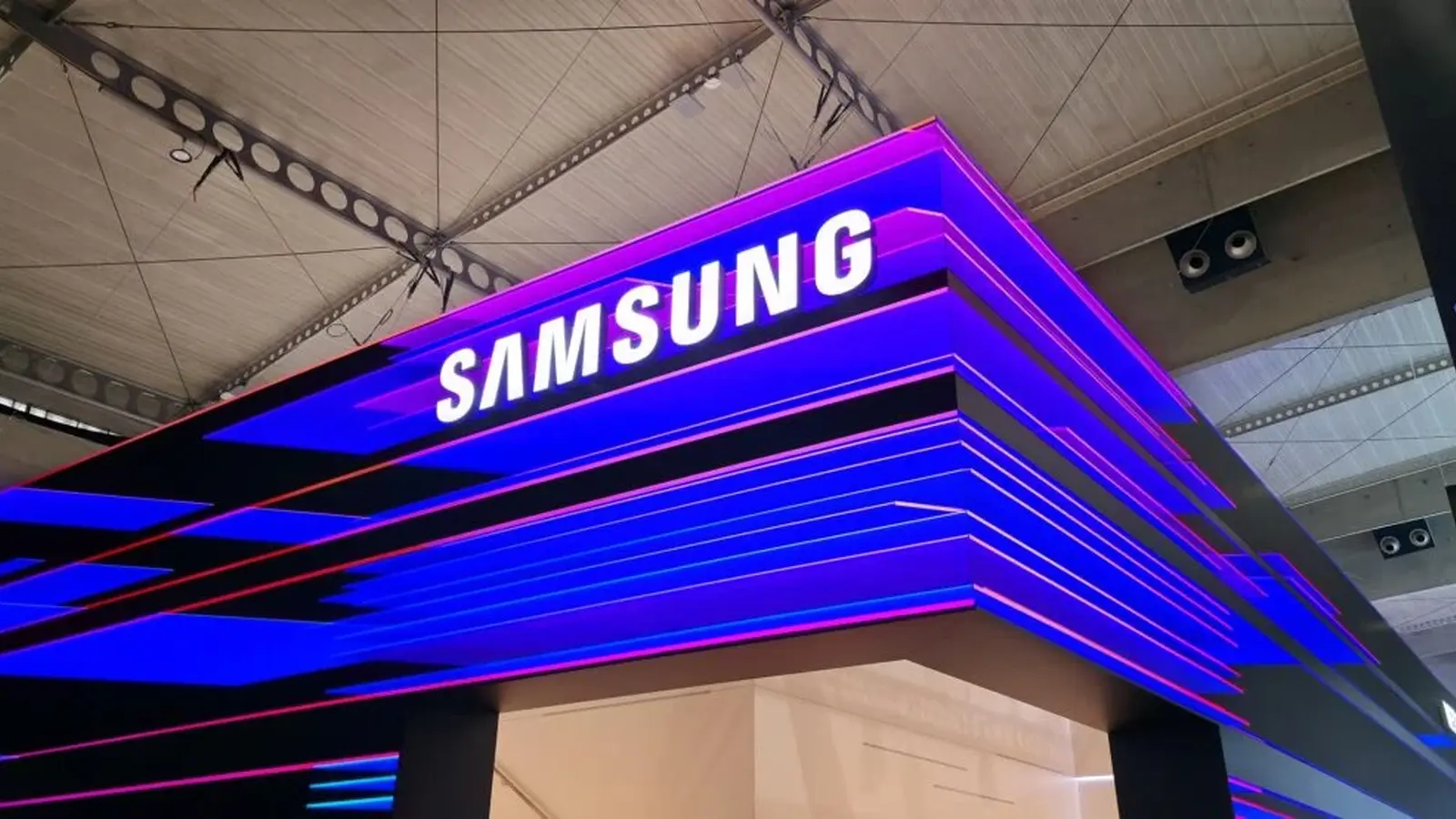3 Minutes
US explores taking ownership stakes in exchange for CHIPS Act funding
The US government, after pledging billions in CHIPS Act grants to spur domestic semiconductor manufacturing, is reportedly considering a novel condition: taking minority equity stakes in companies that accept the funding. The move would effectively give Washington small ownership positions in global chipmakers that commit to building fabs and expanding capacity on American soil.
Deal details and current targets
Reports indicate the administration is prioritizing a deal with Intel, with the White House said to be negotiating for roughly a 10% stake as part of the grant package. Samsung, which was allocated a $4.74 billion subsidy under the CHIPS Act, and other major recipients such as TSMC and Micron, could face similar proposals if the approach is expanded.
Why this matters for semiconductor policy
Tying capital grants to equity would change the dynamics of US industrial policy. Proponents argue it could protect taxpayers, align long-term commercial incentives, and give the government a seat at the table on strategic supply chain decisions. Critics warn it may complicate foreign relations, especially with allies whose domestic champions could be subject to partial US ownership, and could raise regulatory and national security questions.
Product features: what semiconductor projects are funded
CHIPS Act investments typically back advanced logic nodes, packaging and assembly facilities, and memory fabs—projects that emphasize high-volume manufacturing, process-node scaling, and resilient supply chains. Funding supports equipment procurement, workforce development, and infrastructure improvements critical to high-performance computing, AI accelerators, and automotive chips.

Comparisons: Samsung, Intel, TSMC
Samsung competes across foundry, memory, and logic, while Intel focuses on integrated device manufacturing and IDM 2.0 expansion. TSMC remains the dominant pure-play foundry for advanced nodes. An equity-for-grants condition would affect each differently: memory players may face different strategic concerns than logic-focused foundries, and domestically focused capacity expansions have distinct regulatory profiles.
Advantages, use cases, and market relevance
Advantages of the equity approach include greater taxpayer protection, enhanced oversight of facility commitments, and potential influence over supply chain resiliency for critical sectors such as defense, AI, cloud infrastructure, and automotive. Use cases span chips for data centers, edge AI, automotive safety systems, and telecommunications equipment. Market relevance is high: semiconductor sovereignty and supply chain diversification remain top priorities for governments and enterprises globally.
Next steps and geopolitical implications
Most committed CHIPS Act funds have not yet been fully disbursed, leaving room for negotiation. How South Korea and other allied governments react to potential US equity in national champions like Samsung will be watched closely, as diplomatic consultations and regulatory reviews are likely to shape any final agreements.
Bottom line
Linking grants to minority ownership would be a significant shift in industrial policy. It could strengthen US leverage over semiconductor supply chains but risks creating diplomatic and commercial friction. Industry stakeholders and policymakers will need to balance investment protections, national security, and international partnership dynamics as discussions continue.
Source: sammobile


Leave a Comment